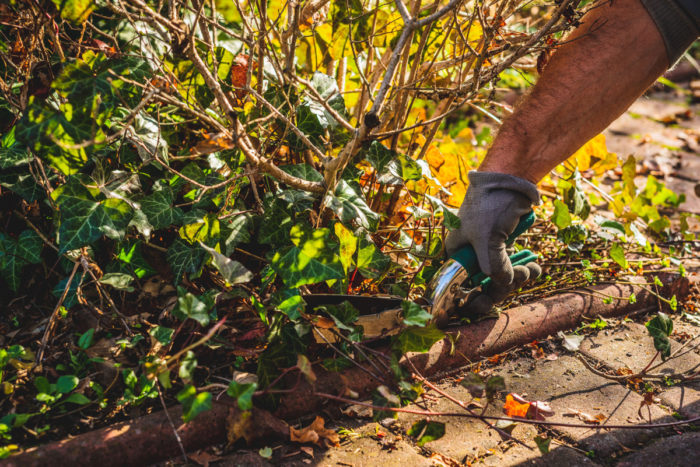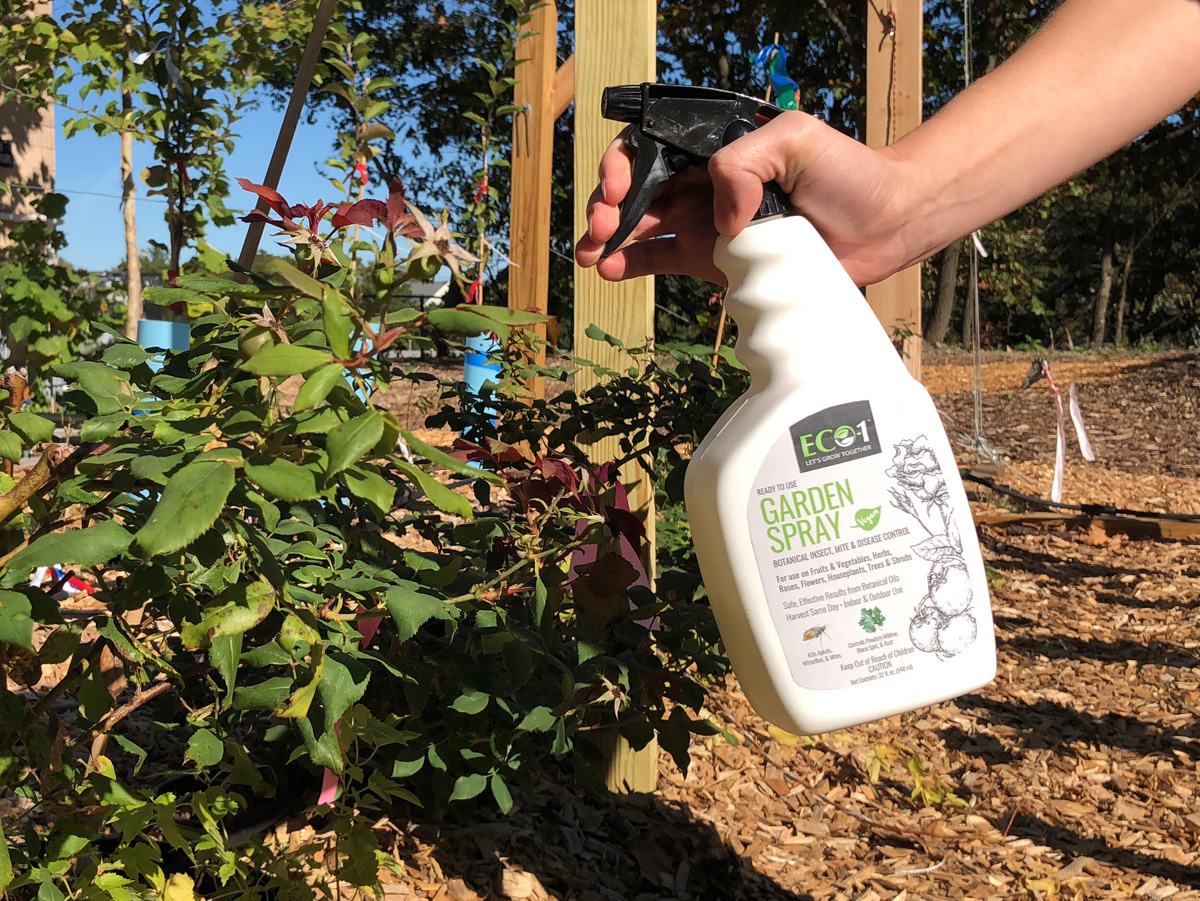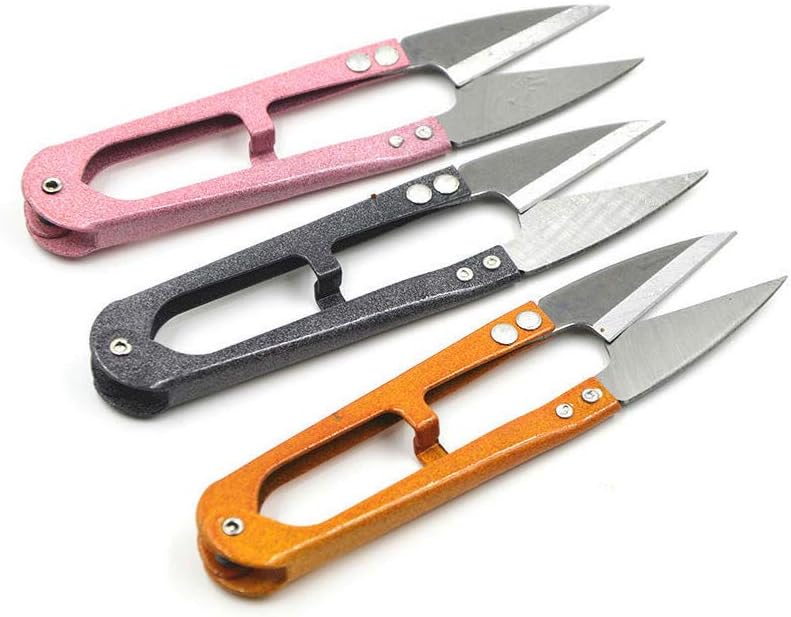
The seasons are changing and the weather is cooling, which means one important thing—it’s time to winterize your garden. What is winterizing, you ask? Winterizing is preparing your garden for the tumultuous weather ahead so that next spring you can get a fresh, clean start. Winterizing is an important part of a successful Integrated Pest Management program (IPM). Applying IPM practices shouldn’t be intimating. Growers of any scale can benefit by adding a few steps to the end of the season for a thriving lawn and garden.
It’s important to determine your USDA Hardiness Zone before beginning. This number represents the highest and lowest temperatures a region is expected to see. For example, Massachusetts has a Hardiness Zone number of between 5a and 7a. Although the state doesn’t often go below −20°F, it’s not out of the question, so plant hardiness must be considered based on these extreme temperatures.
Once you determine your Hardiness Zone, you can see if the plant varieties your garden hosts can withstand your region’s winter. There are many things you can do to help your vulnerable and hardy plants and landscapes survive.
Water Management and Soil Prep
One of the most important aspects to consider when winterizing your garden is water management. It is important that plants and trees have enough water in their root zone before the ground freezes to prevent desiccation or the drying of plant materials. NutriRoot® is an excellent solution, and it provides many additional benefits as well. NutriRoot is a unique blend of ingredients that helps roots grow, holds moisture in the soil, and supports soil biology.
Simply mix NutriRoot into a watering can, and saturate the soil around your plants. Using this solution in the fall helps plants absorb the water and nutrients they need to avoid winter injury and damage.
NutriRoot also gives soil a boost as earthworms and microbes continue to process the organic material in the soil. Before winter hits, gardeners should discard diseased plant material, add new mulch, and water their garden with NutriRoot to ensure they are starting with top-quality soil next season.

Using Hydretain® is another option for water management in the garden and lawn. It’s the perfect solution to help enhance fall seed germination, nutrient uptake, and lawn winterization. Apply Hydretain before blowing out irrigation systems to protect your lawn from drying out. For the fall/winter dry season in southern areas and in places with water restrictions, Hydretain will help keep your landscaping green and thriving.
Another way to prepare your soil is to add a biochar blend such as ArborChar® Root, Flower & Fruit. ArborChar is a biochar and naturally derived nutrient blend that improves leaf vigor, root and fruit development, and soil microbiology. By adding an amendment like this to your garden now, you can improve the biology in your soil and build it out for the spring. Include some compost for an extra boost especially for southern vegetable and landscape plantings. Healthy plants will survive winter better, so feed your landscape with good-quality nutrients ahead of their winter dormancy.
Insect and Disease Management
Many gardeners have tropical plants or other houseplants they bring outside for the summer. Before bringing them back inside, treat with an organic insecticide such as AzaSol® or Eco-1® to ensure you are not also bringing in any pests.
It is also good to treat any perennials or shrubs that had infestations this season to make sure no pests will survive and infiltrate your garden come spring. First, inspect your plants for evidence of insects or disease. Using yellow sticky traps is an easy way to easily monitor for surprise pests and insects. Next, remove damaged leaves and branches, and try to determine the culprit to help ensure the appropriate treatment.
As a neem-based product, AzaSol is an effective, non-oil-based, and environmentally friendly insect-growth regulator. It is absorbed through both the leaf tissue and the roots, so the entire plant is protected and works on any insects that feed on the stems, leaves, or roots, such as aphids, whiteflies, and leaf miners. OMRI-listed for organic use, AzaSol can be used the same day as harvest on food crops and applied indoors or outdoors. For best results, spray and/or drench AzaSol at 7-to-10-day intervals to protect new plant growth and control new generations of insects missed from the last application.
If you see webbing, curled leaves, and maybe stippling, you may have a mite infestation that is best treated with a contact, smothering-type spray like OMRI-listed Eco-1 Fruit & Vegetable Spray. This product is made with organic botanical oils such as thyme and peppermint, which will knock down mites and soft-bodied insects, as well as prevent diseases like powdery mildew.

While temperatures are moderate, consider a fall application of beneficial nematodes to control soil-developing pests before they overwinter. These naturally occurring microscopic organisms prey on insect pests that have soil-dwelling larval and pupal stages. Without beneficial nematodes, those pests would be waiting in the soil to feed on the new, delicate roots that come in spring.
With any IPM program or other thoughtful garden practices, it is best to be preventive. Scout your plants for problems often, consider weather conditions, discard (never compost) diseased debris, and apply control products prior to infestations. Regular applications and vigilance will help keep problems from coming back. ARBICO Organics can help you learn much more about IPM practices and the world of natural solutions and how they can be applied to your unique needs.
MORE WINTERIZING TIPS
Here are a few additional steps you’ll want to take to ensure your garden is ready to withstand the winter.
- Before you put your plants to bed, you may choose to divide certain species. We suggest taking this step first before following any of our other tips.
- In late fall, avoid fertilizing with a product high in nitrogen. If you give your plants a dose of food late in the season, they will attempt new vegetative growth. This new, tender growth won’t have the time to harden or mature before the first frost, and the plants may become damaged.
- Amend the soil. NutriRoot and ArborChar will help amend the soil, and you may also decide to add organic matter such as compost, manure, or earthworm castings to insulate and add nutrition for next season.
- Prune and protect. Cut back your plants (depending on the species) to minimize damage from wind and frost. Prune any suckers and dead branches.
- Clean up debris. By removing debris on the ground next to the plant, you will reduce the chance of pathogens such as fungi, bacteria, or soil-borne diseases infecting your plants next season. Dispose of diseased debris rather than composting.
- Mulch and insulate. Add a good 4 to 6 inches of mulch as an insulating barrier. When the sun begins to break through again in the spring, plants may be tricked into becoming active early. This insulation keeps them from freezing after ingesting water.
- Put up windbreaks or plant-protection barriers. This is ideal for plants, small trees, or shrubs that can’t protect themselves. Many products and solutions are available, including DIY and out-of-the-box options. You can sustain plants during harsh weather with frost protection for trees, shrubs, or winter crops.
Fine Gardening Recommended Products

Berry & Bird Rabbiting Spade, Trenching Shovel
Fine Gardening receives a commission for items purchased through links on this site, including Amazon Associates and other affiliate advertising programs.

Razor-Back Potato/Refuse Hook
Fine Gardening receives a commission for items purchased through links on this site, including Amazon Associates and other affiliate advertising programs.

3 Pack 4.1Inch Bonsai Pruning Scissors
Fine Gardening receives a commission for items purchased through links on this site, including Amazon Associates and other affiliate advertising programs.


















Comments
Log in or create an account to post a comment.
Sign up Log in